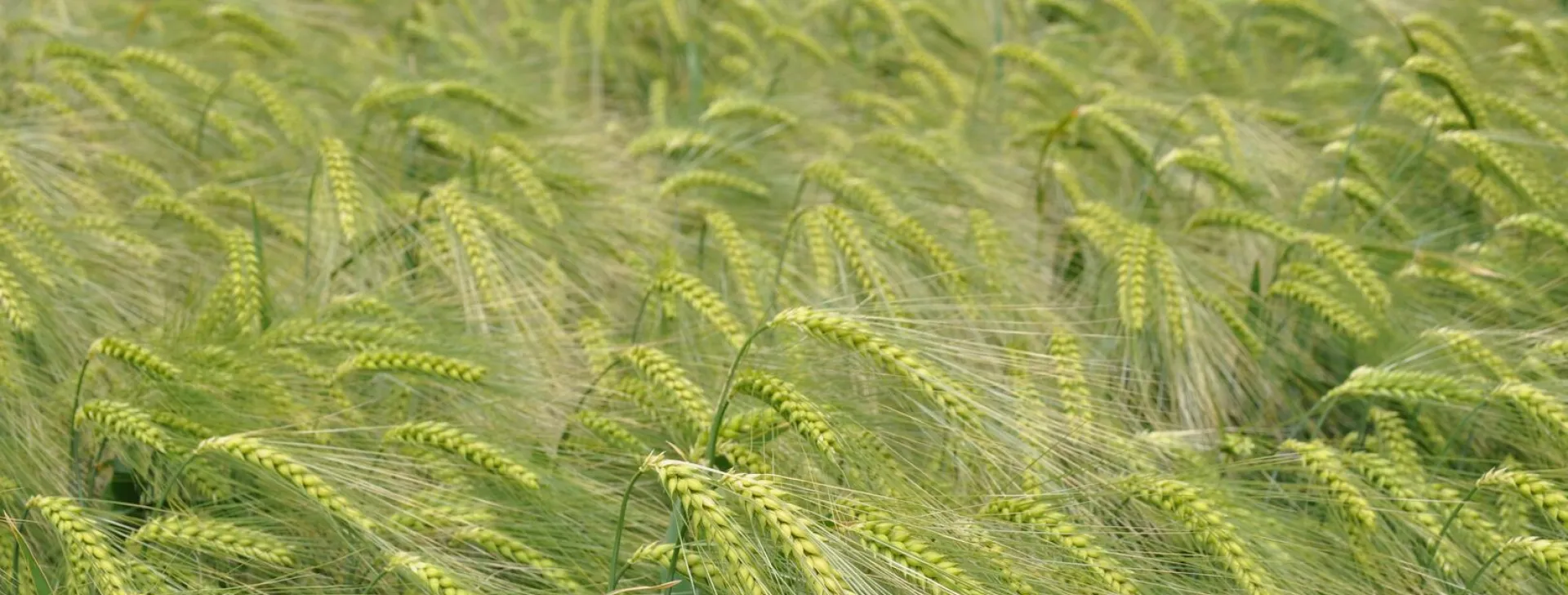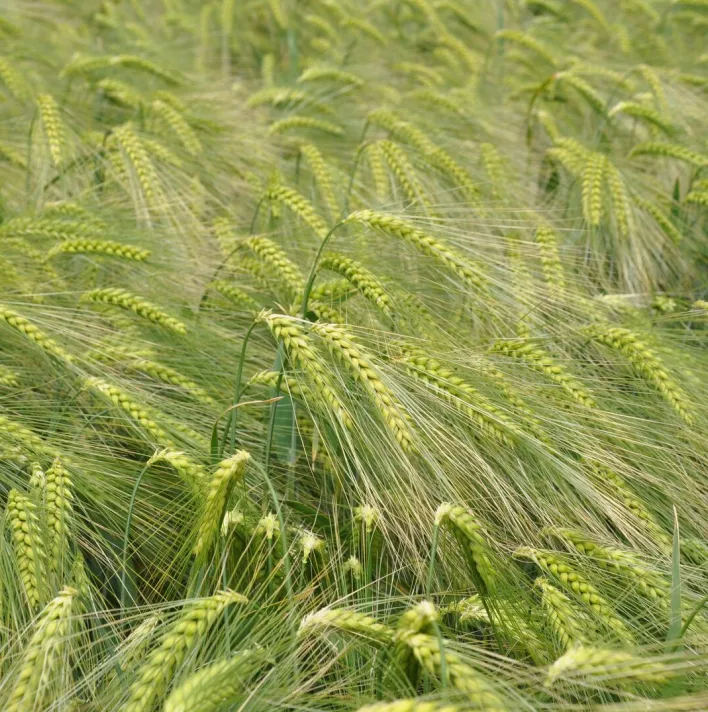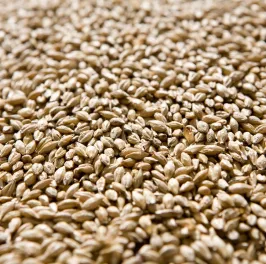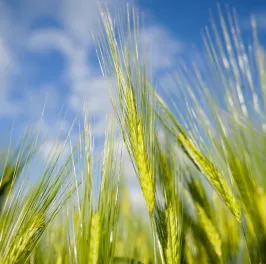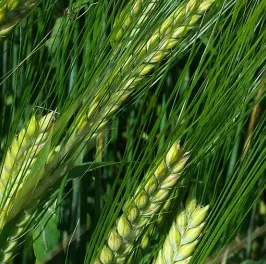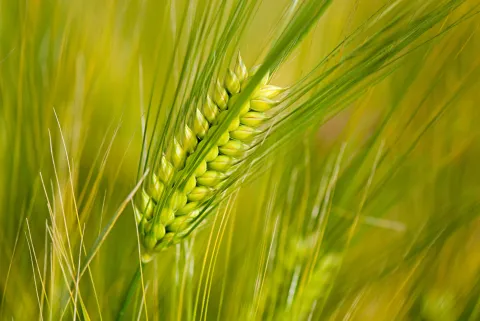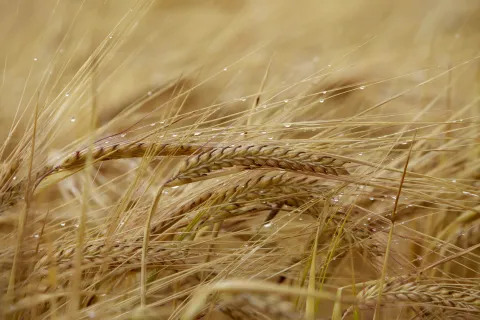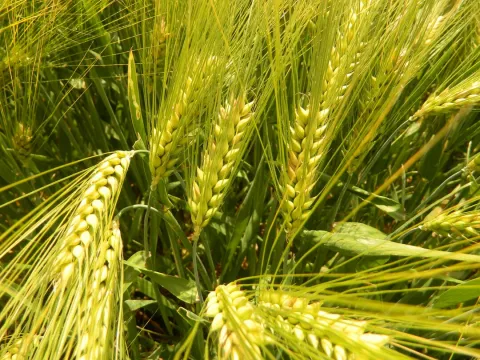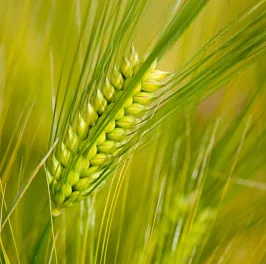
Barley is an important cereal crop for farmers which has been cultivated globally for thousands of years. Part of the grass family Poaceae, barley’s scientific name is Hordeum vulgare.
Barley is a versatile crop which is used in various foods such as bread, cereals, and soups. One of its major uses is in the production of beer and whiskey and is also commonly used as livestock feed.
While there are many varieties, most commercial barley production focuses on a smaller number of cultivars – varieties developed through human intervention - optimized for specific uses (such as brewing and distilling) or for growing conditions (climatic adaptability). Barley can be grown in a wide range of environments and is known for its drought tolerance.
Top producing countries
| Market | % of global production | Total production |
|---|---|---|
| European Union | 35% | 50.33 Million |
| Russia | 11% | 16.25 Million |
| Australia | 9% | 13.27 Million |
| Canada | 6% | 8.14 Million |
| United Kingdom | 5% | 7.2 Million |
| Turkey | 5% | 7 Million |
| Ukraine | 4% | 5.8 Million |
| Argentina | 3% | 4.85 Million |
| Kazakhstan | 3% | 3.84 Million |
| United States | 2% | 3.13 Million |
Table Source: USDA Foreign Agriculture Service
What is the method of sowing barley?
Barley can be sown using various methods, each suited to different farming conditions. Traditional methods include broadcast seeding, where seeds are scattered across the field surface, and hand sowing, still used in small-scale farming. Modern large-scale operations typically employ more precise techniques such as drill seeding, which plants seeds in rows at consistent depths, and air seeding, which distributes seeds through an air stream. Precision planting, utilizing GPS and computer-controlled equipment, offers highly accurate seed placement optimized for field conditions.
No-till drilling has gained prominence as a regenerative agriculture practice, beneficial for soil health. This method involves planting barley seeds directly into undisturbed soil or crop residues, helping to conserve soil moisture and reduce erosion.
The choice of sowing method depends on factors such as farming scale, available technology, soil conditions, and specific crop management goals. Regardless of the method, key considerations for optimum crop establishment include appropriate seeding rates, sowing depth, row spacing, and timing, all of which vary based on barley variety and local conditions.
Is barley self-pollinating?
In 2003, Syngenta made a big breakthrough in barley farming.
We were the first company in the world to create hybrid winter barley and sell it widely across Europe. This new type of barley helped farmers grow more crops and made their harvests more reliable.
Through its expert R&D team’s knowledge of plant genetics, Syngenta has changed barley from a self-pollinating variety to one in which pollen flows from male to female plants. This means we can create hybrids with high yields and robust vigor. With the use of agronomic protocols, seed production can be maximized.
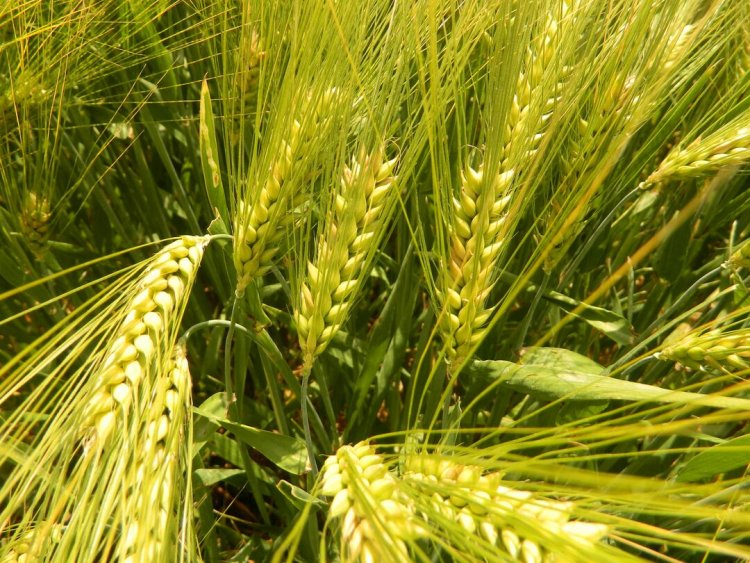
What is hybrid barley?
In today’s challenging growing environments, growers need varieties to perform well and achieve high yields under changing weather, disease and pest pressures. Hybrid barley was created to address several key challenges and opportunities in barley cultivation.
Hybrid barley is a type of barley created by crossing two genetically distinct parent lines to produce offspring with improved characteristics. This process, known as hybridization, aims to combine the best traits of both parent lines, resulting in a variety that often exhibits superior performance compared to conventional, open-pollinated barley varieties.
Hybrid barley has a high and stable yield and performs consistently across regions and seasons. In independent trials, many hybrid barley varieties have outperformed conventional varieties by 4.2-6.7 percent, depending on the region and growing conditions. It also has excellent agronomics, with high specific weight and fantastic disease resistance across Syngenta's variety portfolio.
Grass weeds pose significant challenges to hybrid barley crops, as they do to many cereal crops. These problems can be particularly impactful due to the genetic similarity between grass weeds and barley, making selective control more difficult. Hybrid barley is independently scientifically proven to be better at competing with grass weeds such as black-grass, ryegrass and brome.
While hybrid barley is not as widespread as hybrid corn or hybrid rice, its adoption has been increasing in certain regions, particularly in Europe.
Other benefits of hybrid barley include:
- Root boosting: Hybrid vigor extends into hybrid barley's roots. Bigger roots are better at taking up moisture and nutrients.
- Flexible end use: Growers can take hybrid barley as a whole crop for biogas production or it can be harvested for grain.
- Brand new traits: Broad spectrum viral protection. Protection against BYDV MAV, PAV and Cereal Yellow Dwarf Virus RPV and Wheat Dwarf Virus.
- Uniformity: Hybrid barley plants tend to be more uniform in growth and maturity, which can facilitate easier crop management and harvesting.
- Weed suppression: Hybrid barley's superior weed suppression, especially against grass weeds, compared to both conventional barley and wheat, is attributed to hybrid vigor, which results in taller plants with greater tiller numbers and significantly larger root masses, allowing them to more effectively compete for resources such as space, light and nutrients.
What are the hybridization techniques of barley?
Farmers know that most barley varieties, including both traditional and hybrid types, naturally tend to self-pollinate. However, to create stronger, higher-yielding barley, plant breeders need to cross different barley plants. This is called hybridization. Here's how they do it:
- Manual Crossing: Breeders remove the male parts from one barley plant and add pollen from another plant by hand. This method is effective but takes a lot of time and effort.
- Male-Sterile Plants: Some barley plants are bred or modified to not produce pollen. These are planted next to pollen-producing plants to create hybrids naturally in the field.
- Modern Lab Techniques: Scientists use DNA testing to choose the best parent plants. They can also create perfectly matched parent lines faster using special lab methods.
The goal of all these methods is to combine the best traits from different barley plants. This can lead to barley that:
- Produces more grain.
- Resists diseases better.
- Tolerates drought or other stresses.
- Has improved water use, uptake efficiency and Nutrient Use Efficiency.
While hybrid barley can offer these benefits, it's important for farmers to consider if it's right for their specific situation, as it requires buying new seed each year.
Harnessing the power of hybrid barley
Back in 2003, Syngenta introduced the first iteration of hybrid barley. By crossing two genetically different parent plants, the resulting offspring outperforms both of its parents. This has been part of plant science for centuries, but techniques have been refined to produce new hybrids with improved traits that work for large-scale agricultural production.
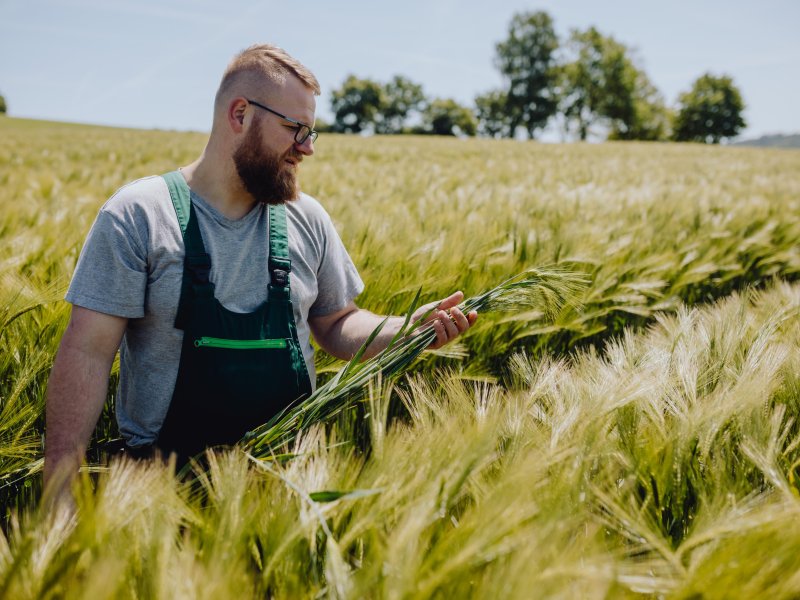
What varieties of barley does Syngenta offer?
Syngenta offers several barley varieties to growers. However, it's important to note that barley variety availability can vary significantly by region due to different growing conditions, market demands, and regulatory approvals. Here's an overview of some of Syngenta's barley varieties.
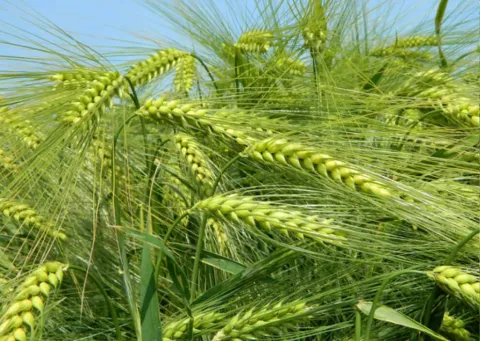
SY GALILEOO
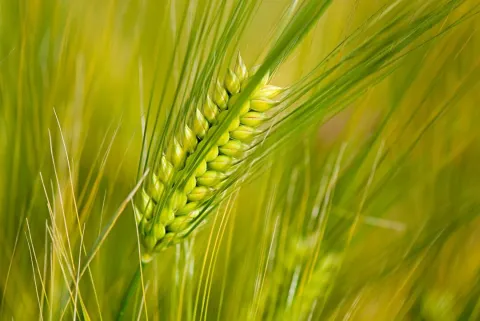
SY KINGSBARN
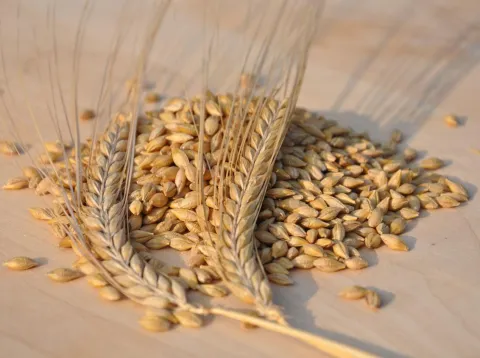
LAUREATE
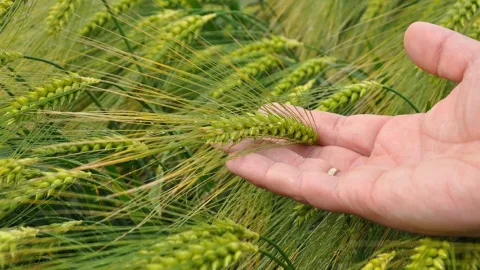
SY QUANTOCK
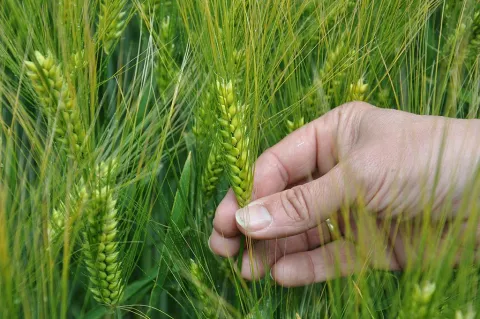
SY KESTREL
Syngenta solutions to protect barley crops
Farmers worldwide are tasked with producing higher yields of sustainable, healthy crops, often in unpredictable environmental conditions. As such, there is a need for new, effective strategies to support barley farmers in their efforts to produce robust, disease-resistant crops.
The development of innovative solutions for barley growers is crucial to effectively address emerging issues in their crops. This ongoing innovation helps growers ensure healthy crops and optimum productivity.
Syngenta offers a range of crop protection and biological solutions for barley. Here's a list of some key products with brief explanations.
-
Fungicides
- ELATUS™ ERA: Broad-spectrum fungicide providing long-lasting protection against key fungal diseases.
- AMISTAR™: Strobilurin fungicide effective against a wide range of foliar diseases in barley.
- KAYAK™: Provides protection against key barley diseases including net blotch and rhynchosporium.
- UNIX™: Specifically targets a range of foliar diseases in barley.
-
Herbicides
- AXIAL™: Controls annual grass weeds in barley.
- DEFY™: Broad-spectrum herbicide for control of annual grasses and broadleaf weeds in winter barley.
- TRAXOS™: Post-emergence herbicide for control of wild oats .
-
Biologicals
- EPIVIO™ G: Biological seed treatment that enhances root development and nutrient uptake.
- TAEGRO™: Biological fungicide that helps protect against fungal diseases.
- QUANTIS™: Biostimulant that helps crops better manage abiotic stress.
-
Seed treatments
- VIBRANCE™: Seed treatment providing protection against seed-borne diseases.
- DIVIDEND™: Protects wheat and barley seeds from yield-robbing diseases such as bunt, smut, seedling blight and root rot.
-
Plant growth regulator
- MODDUS™: Plant growth regulator that strengthens stems and improves crop standability.
It's important to note that product availability and approved uses may vary by country due to different regulatory environments. Farmers should always consult local Syngenta representatives or agricultural advisors for the most up-to-date and regionally specific product recommendations.
